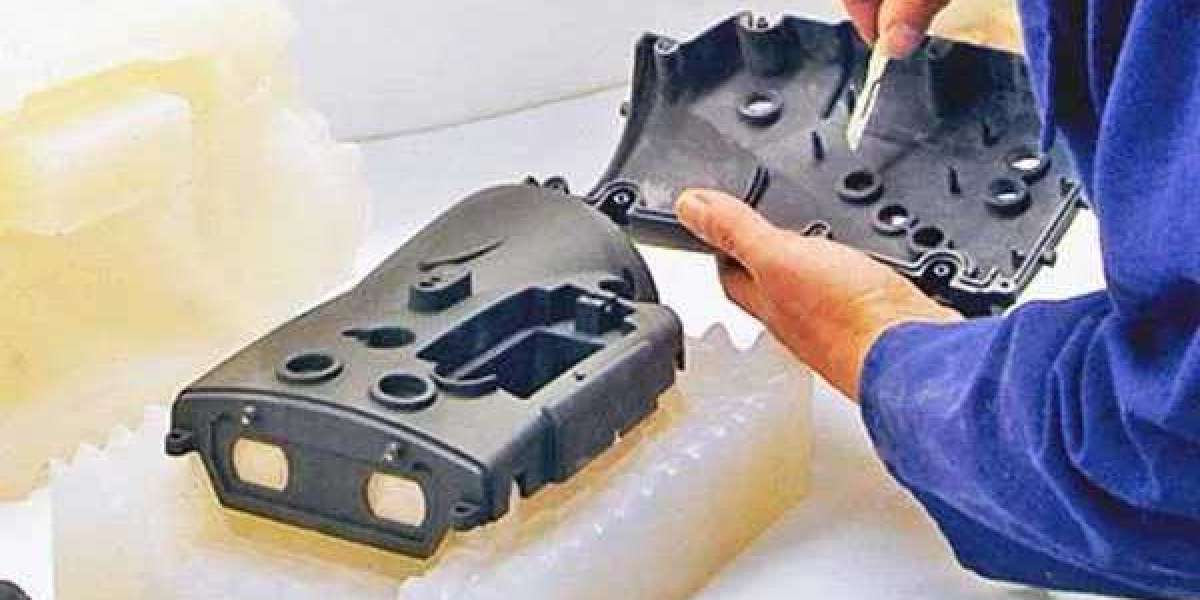? What is an Undercut in Machining?
An undercut refers to any recessed or hidden feature on a part that cannot be directly reached or machined with a standard tool from a straight axis. These features often appear in mechanical components, injection molds, aerospace parts, and medical devices — where precise geometry is non-negotiable.
Undercuts may include:
Internal grooves
Hidden slots or notches
T-slots or dovetails
Reversed angles or reliefs
Due to their inaccessible nature, undercuts require special tooling, multi-axis setups, or manual finishing methods to be machined properly.
⚙️ Techniques for Machining Undercuts
Depending on the type and complexity of the undercut, several methods can be used to machine them effectively:
1. Specialty Undercut Tools
Cutters like T-slot, lollipop (ball cutter with a neck), and dovetail tools are designed specifically for machining hard-to-reach features.
2. 5-Axis CNC Machining
Multi-axis CNC machines can rotate and tilt the workpiece to access hidden angles. This reduces the need for part repositioning and improves precision.
3. EDM (Electrical Discharge Machining)
For extremely tight or intricate undercuts, EDM can be used to erode material without mechanical cutting.
4. Manual Machining or Finishing
In rare cases, machinists may manually cut or polish undercut areas after primary machining is complete.
? Design Considerations for Undercuts
When designing a part with undercuts, it's important to balance creativity with manufacturability. Here are key tips:
Avoid unnecessary undercuts unless required for functionality.
Specify clear dimensions for undercut depth, width, and angle.
Design with machinability in mind — some undercuts might increase lead times or cost.
Consult with your machinist early during the design phase to ensure your undercuts can be produced efficiently.
?️ Challenges of Undercut Machining
While undercuts allow for more versatile part designs, they also introduce several manufacturing challenges:
Tool accessibility limitations
Increased tool wear
Longer cycle times
Higher production costs
Need for advanced equipment or custom tooling
This is why undercut machining requires skilled technicians, careful planning, and often, the integration of advanced CNC systems.
? Applications of Undercut Machining
Undercuts are common in industries where precision and fit are essential. Some common applications include:
Injection mold tooling – for snaps, slides, and release mechanisms
Aerospace components – tight tolerance interlocks or grooves
Medical devices – ergonomic or non-slip features
Consumer products – clip-on or snap-fit enclosures
✅ Why It Matters
Undercut machining is an advanced technique that expands the boundaries of what can be achieved in CNC manufacturing. When executed correctly, it enhances the functionality, aesthetics, and structural performance of machined parts.
? Partner with Experts in Precision Machining
Whether you’re designing complex parts for aerospace, automotive, or consumer electronics, precision undercut machining can help bring your ideas to life. By working with an experienced team equipped with advanced CNC technology and specialized tools, you ensure your parts meet exacting standards — every time.






